Every dog owner knows that sinking feeling when your beloved pup displays unwanted behaviors. Whether it’s excessive barking, jumping on guests, or chewing your favorite shoes, these challenging moments can test even the most patient pet parent. The good news is that most problematic behaviors stem from natural dog instincts that can be redirected through understanding and gentle guidance.
You don’t need harsh corrections or intimidation to transform your dog’s behavior. Modern animal behavior science shows us that positive reinforcement creates lasting change while strengthening your bond with your furry companion. Let’s explore how you can address common behavioral challenges with compassion and effectiveness.
Understanding the Root of Behavioral Issues
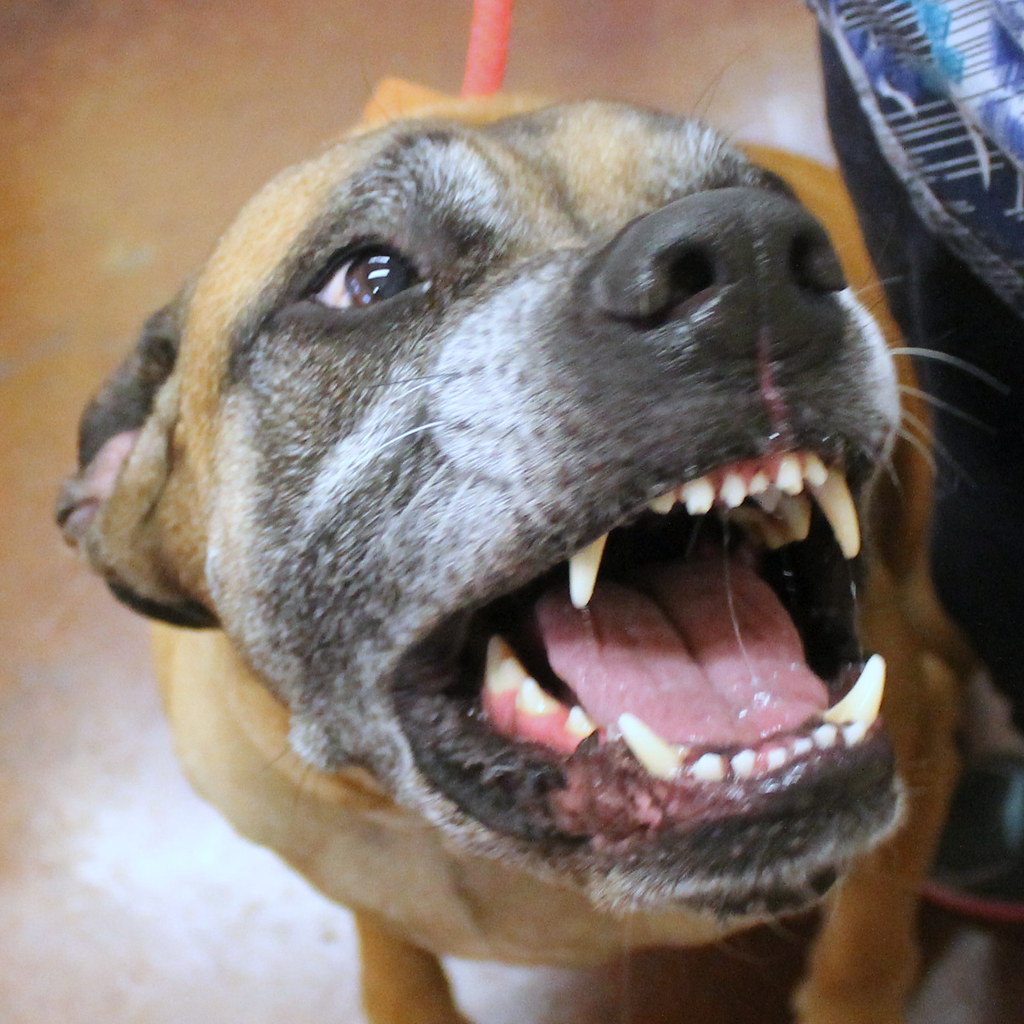
Your dog’s unwanted behaviors rarely appear out of nowhere. Most challenging actions stem from unmet needs, anxiety, boredom, or simple misunderstandings about what you expect from them. When your dog jumps on visitors, they’re likely expressing excitement and seeking attention. Excessive barking might indicate territorial instincts, fear, or a desperate attempt to communicate something important to you.
Take time to observe when these behaviors occur most frequently. Does your dog chew furniture when left alone for long periods? Do they bark more during specific times of day? Identifying patterns helps you address the underlying cause rather than just treating symptoms. This detective work becomes the foundation for creating an effective training strategy.
The Power of Positive Reinforcement

Positive reinforcement works by rewarding desired behaviors immediately when they occur, making your dog more likely to repeat those actions. This approach taps into your dog’s natural learning processes and builds confidence rather than fear. When you catch your dog lying calmly instead of jumping, reward that peaceful behavior with treats, praise, or attention.
Timing becomes crucial for success with positive reinforcement. You have roughly one to two seconds after the desired behavior to deliver your reward before your dog loses the connection between action and consequence. Keep treats handy and be ready to praise good choices the moment they happen. Consistency from all family members ensures your dog receives clear, unified messages about expectations.
Redirecting Destructive Chewing
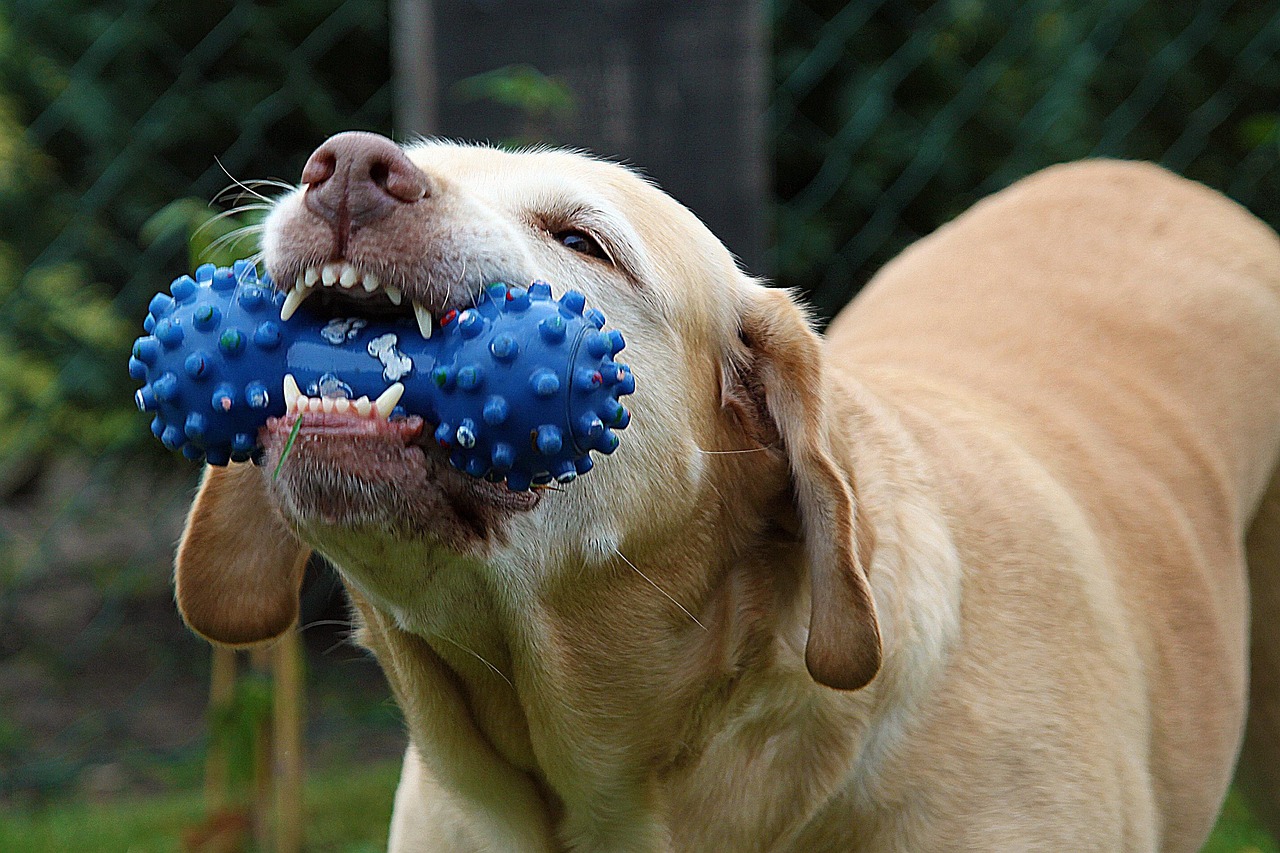
Chewing serves essential purposes for dogs, from relieving teething discomfort in puppies to managing stress and boredom in adult dogs. Instead of trying to eliminate this natural behavior entirely, provide appropriate outlets for your dog’s chewing instincts. Offer a variety of textures through rope toys, rubber balls, and specially designed chew items that match your dog’s preferences and jaw strength.
When you catch your dog chewing inappropriate items, calmly redirect them to an approved toy without scolding. Make the approved items more enticing by rotating toys regularly and occasionally stuffing them with treats or peanut butter. Protect valuable items by keeping them out of reach and ensuring your dog has plenty of mental and physical stimulation throughout the day.
Managing Excessive Barking
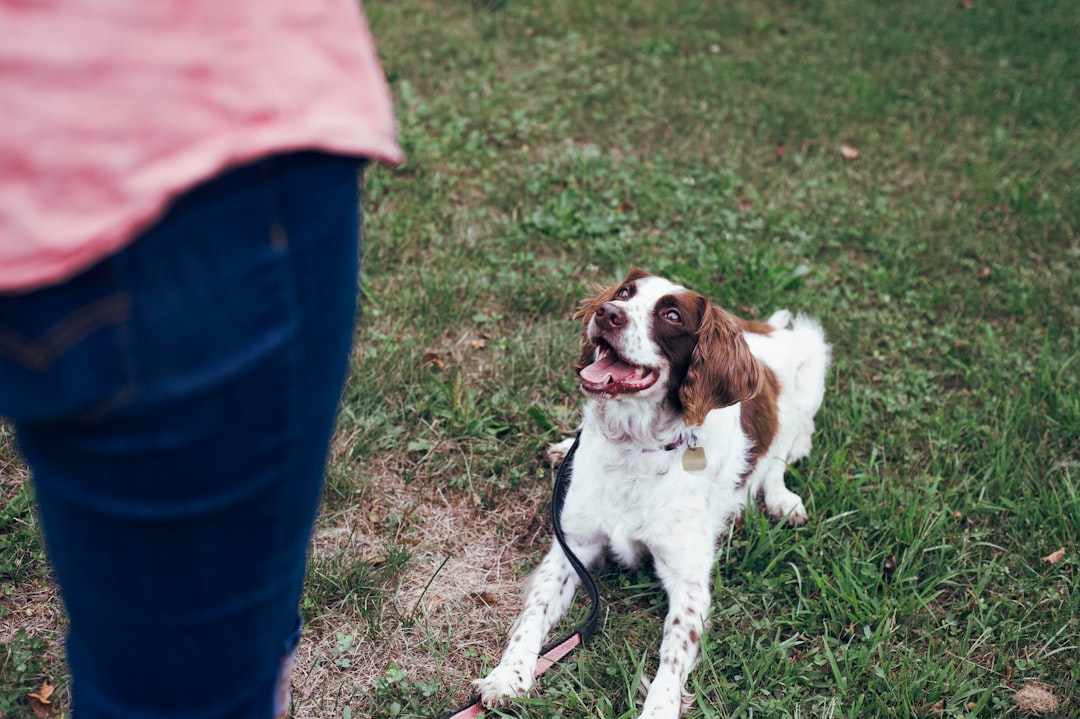
Barking serves as your dog’s primary communication tool, so completely silencing them isn’t realistic or fair. Focus on teaching your dog when barking is appropriate and when quiet behavior is preferred. Start by identifying your dog’s barking triggers, whether they’re responding to doorbell sounds, other dogs, or unfamiliar people passing by your property.
Train a “quiet” command by waiting for a natural pause in your dog’s barking, then immediately saying “quiet” and rewarding the silence with treats and praise. Gradually extend the quiet periods before offering rewards. For alert barking, acknowledge your dog’s message with phrases like “thank you” before redirecting their attention to a different activity or asking for the quiet behavior.
Solving Jumping Problems
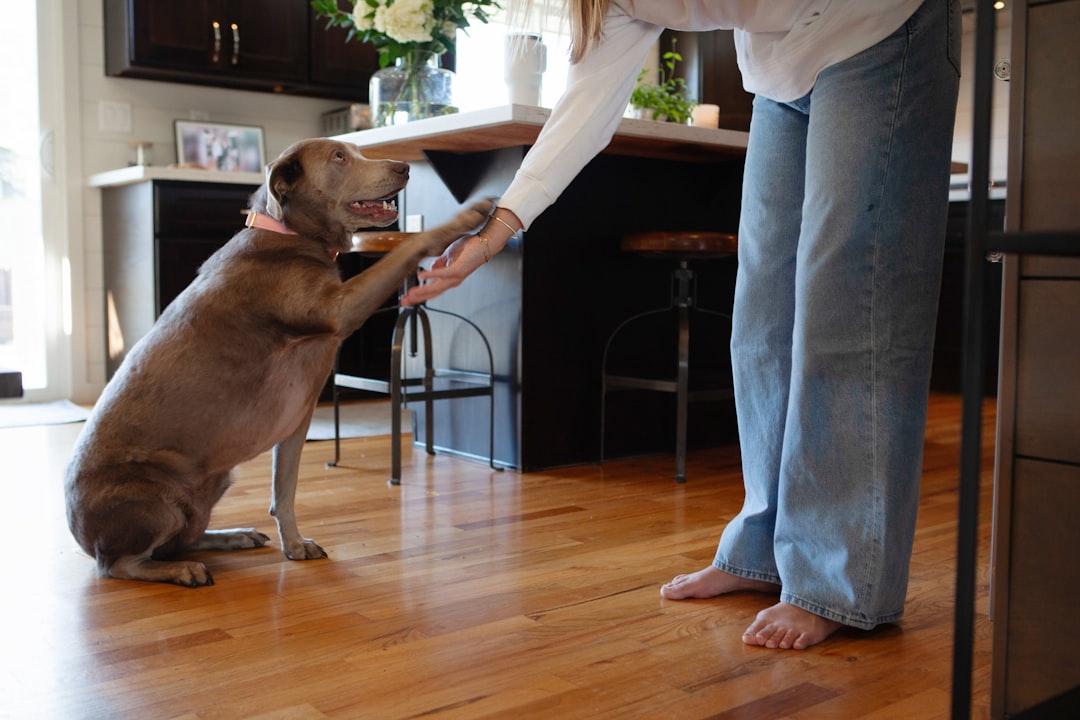
Dogs jump on people because this behavior often gets them exactly what they want: attention and interaction. Even negative attention like pushing them down or saying “no” can reinforce jumping behavior in attention-seeking dogs. Break this cycle by completely ignoring jumping while rewarding calm greetings with all four paws on the ground.
Teach everyone who interacts with your dog to turn away and avoid eye contact when jumping occurs. The moment your dog’s feet touch the floor, immediately turn back and offer enthusiastic praise, treats, or petting. Practice this greeting ritual daily with family members, gradually introducing friends and visitors who understand the training protocol. Consistency from everyone prevents mixed messages that could slow progress.
Addressing Separation Anxiety

Separation anxiety manifests through destructive behaviors, excessive vocalization, and house training accidents when dogs are left alone. This emotional challenge requires patience and gradual conditioning to help your dog feel secure during solo time. Start with very short departures of just a few minutes, gradually extending the duration as your dog remains calm and relaxed.
Create positive associations with your departure routine by offering special toys or treats that only appear when you leave. Practice picking up keys or putting on your coat without actually leaving, so these actions don’t always predict abandonment. Establish a calm departure ritual without dramatic goodbyes that might increase your dog’s anxiety about your absence.
Correcting Leash Pulling
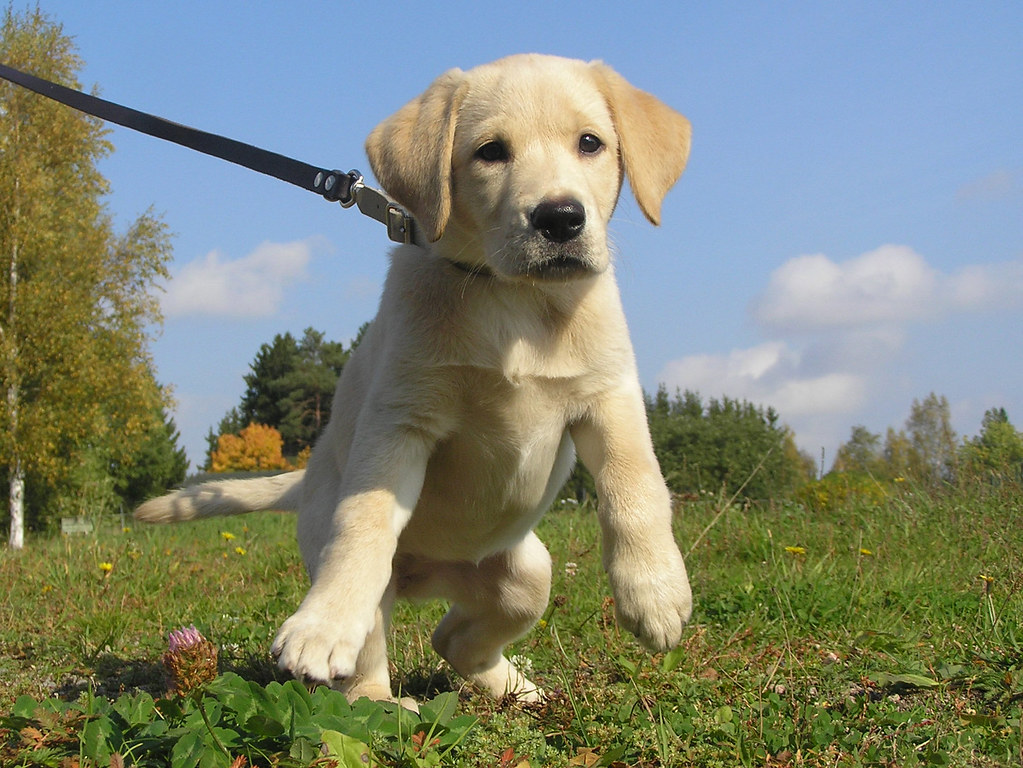
Leash pulling develops because dogs naturally walk faster than humans and want to investigate interesting scents and sights ahead. Transform walks into collaborative experiences by teaching your dog that staying near you leads to forward progress, while pulling results in stopped movement. Use the “be a tree” method by standing still whenever tension appears in the leash.
Resume walking only when your dog creates slack in the leash by moving closer to you. Reward loose leash walking with treats, praise, and the opportunity to continue moving forward. Consider using a front-clip harness that redirects pulling force toward you rather than allowing your dog to use their chest strength to forge ahead. Short, frequent training walks prove more effective than long, frustrating struggles.
Eliminating Food Guarding

Food guarding behaviors develop when dogs perceive threats to their resources and feel the need to protect their meals. Never attempt to dominate or punish a food-guarding dog, as this approach typically escalates the protective behavior and damages trust. Instead, teach your dog that human presence around food bowls predicts good things rather than theft.
Start by dropping high-value treats into your dog’s bowl while they eat, showing that your approach improves rather than threatens their dining experience. Practice trading games where you offer something wonderful in exchange for items your dog is holding. Gradually work up to briefly touching their bowl or food while continuing to add special treats, always making your presence a positive addition to mealtime.
Stopping Counter Surfing
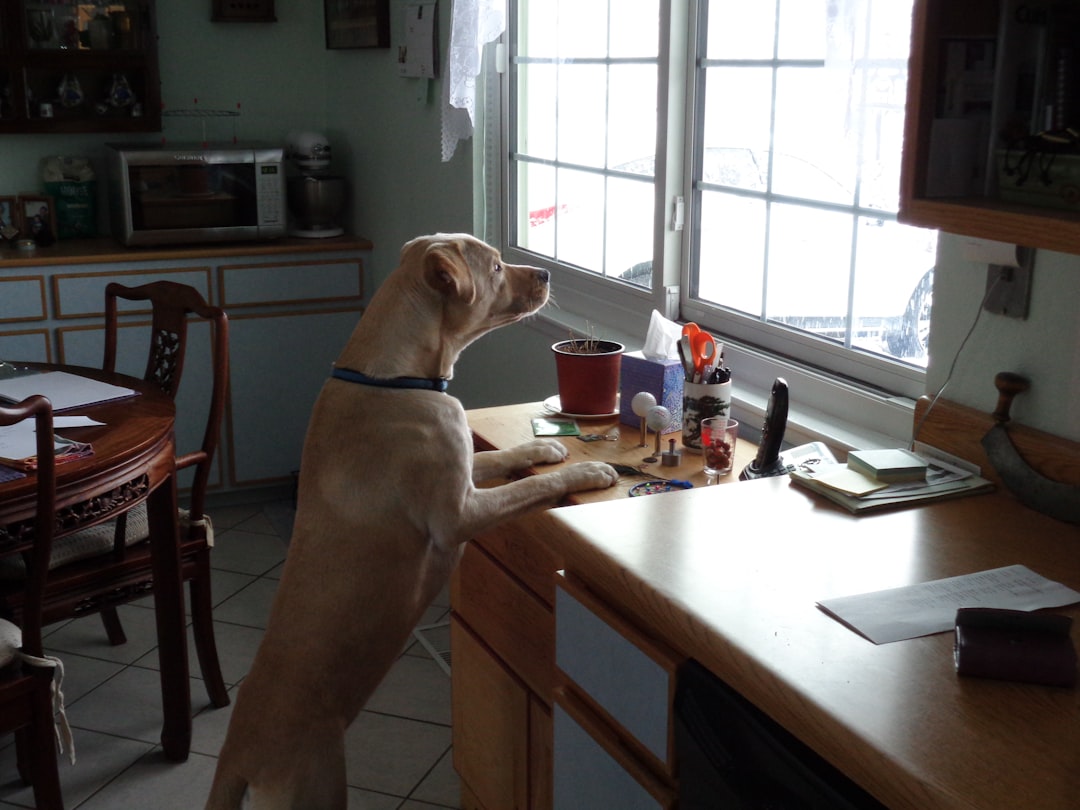
Counter surfing succeeds because dogs occasionally discover delicious rewards for this behavior, creating an intermittent reinforcement schedule that strongly motivates continued attempts. Prevention becomes your most powerful tool by consistently keeping counters clear of tempting items and ensuring your dog cannot practice this self-rewarding behavior when unsupervised.
Train an incompatible behavior like “place” or “settle” that positions your dog away from kitchen counters during food preparation. Reward your dog generously for choosing to lie in their designated spot while you work with food. Use baby gates or tethering systems to manage your dog’s access to the kitchen area when you cannot provide direct supervision during meal prep times.
Building Better House Training Habits

House training accidents often result from inconsistent schedules, insufficient outdoor opportunities, or medical issues rather than deliberate misbehavior. Establish regular potty breaks tied to meals, sleep periods, and play sessions to match your dog’s natural elimination patterns. Take your dog outside immediately after meals, naps, and active play when they’re most likely to need relief.
Clean accidents thoroughly with enzymatic cleaners that eliminate odor markers that might attract your dog back to the same spot. Reward outdoor elimination with immediate praise and high-value treats to reinforce the desired location for bathroom breaks. If accidents increase suddenly, consult your veterinarian to rule out urinary tract infections or other medical conditions that might affect your dog’s control.
Conclusion
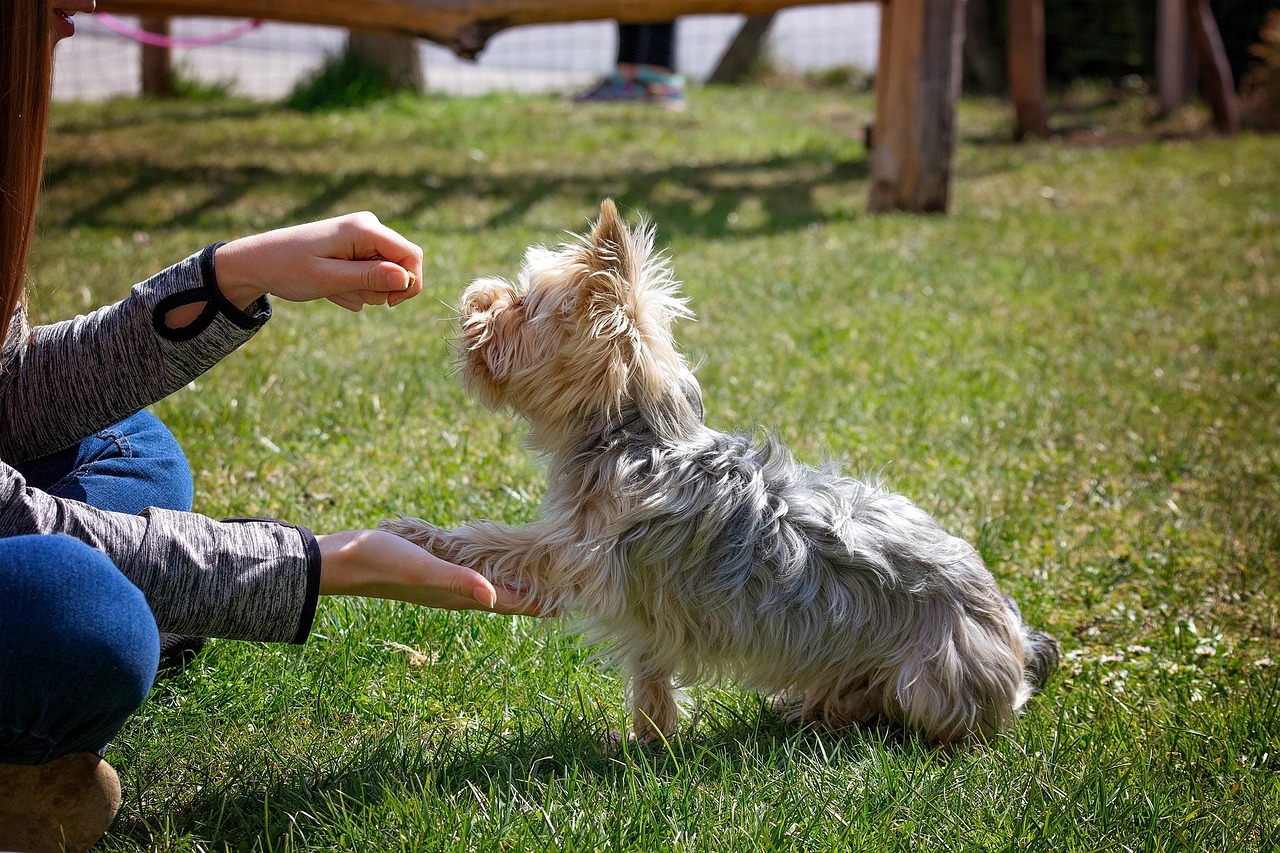
Transforming unwanted dog behaviors requires patience, consistency, and a deep understanding of your canine companion’s natural instincts and needs. Remember that every dog learns at their own pace, and progress might come in small steps rather than dramatic overnight changes. Focus on building positive associations and rewarding the behaviors you want to see more often.
The journey toward better behavior strengthens your relationship with your dog while creating a more harmonious household for everyone. What challenges are you most excited to tackle with your furry friend? Share your experiences and successes in the comments below.

Andrew Alpin from India is the Brand Manager of Doggo digest. Andrew is an experienced content specialist and social media manager with a passion for writing. His forte includes health and wellness, Travel, Animals, and Nature. A nature nomad, Andrew is obsessed with mountains and loves high-altitude trekking. He has been on several Himalayan treks in India including the Everest Base Camp in Nepal.






